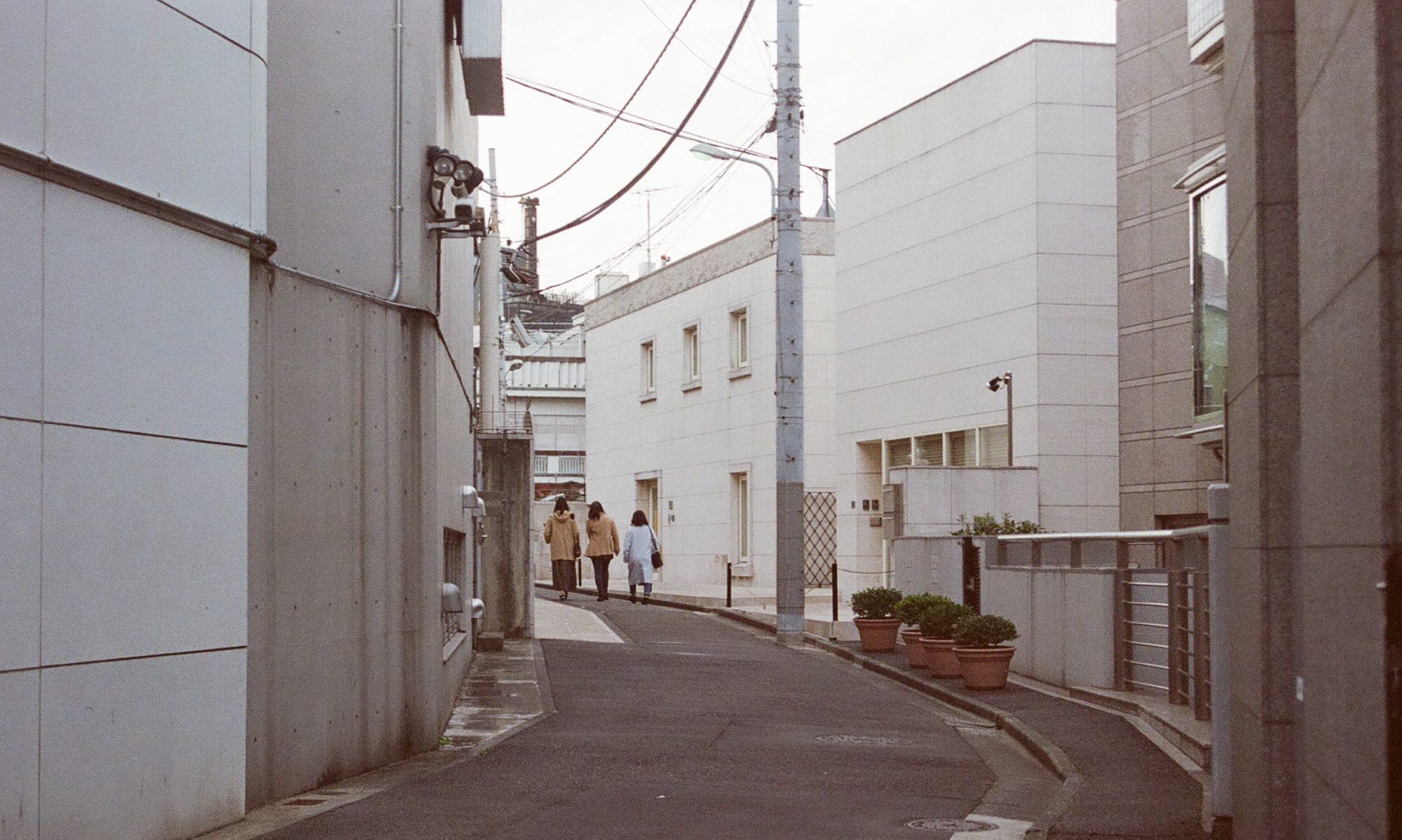MINIMALISM – Mono-Ha “Object School”
Throughout the tour of the carefully curated Minimalism exhibition, works that caught my eye were works by Lee Ufan and Nobuo Sekine, with both artists having led the Mono-Ha movement in East Asia.
Mono-Ha “Object school” was an Eastern school of thought, which represented a group of 20th century Japanese artists. The core of the movement was the focus and appreciation of the nature of the materials, letting the object speak for itself which ties in the idea of “not-making”. As of minimalism, they rejected western notions of representation, focusing on the relationships of materials and perceptions rather than on expression or intervention.
The beginnings of Mono-Ha can be found in an article by Lee Ufan (1970-1971): “Sonzai to mu wo koete Sekine Nobuo ron (Beyond Being and Nothingness) – A Thesis on Sekine Nobuo.”
Link to article: https://monoskop.org/images/a/ab/Ufan_Lee_1970-71_2013_Beyond_Being_and_Nothingness_On_Sekine_Nobuo.pdf
Lee Ufan
An avant-garde painter and sculptor based in Japan, his art ideology revolves around an Eastern appreciation of the material as a rejection to the Eurocentric thought of 1960s post-war Japan. His works juxtaposes the raw and natural against the industrial materials, choreographed in mostly unaltered, ephemeral states.


(I did not document the actual work used in the Minimalism exhibition, so I chose similar works from Lee Ufan’s series of “arrangements”. The work by Lee Ufan in the Minimalism exhibition was a choreography of large rocks and metal sheets alternating each other in a circle.)
In the Relatum series, his sculptural works are composed of untouched stone and industrial metal pieces. He refers to his sculptures as kōzō,“living structures”, which deviates from traditional expression and towards the detached act of arranging or mediating. The detachment is in line with the Mono-ha’s engagement in “not making” and to focus on “the world as it is”.
The notion of encounter between the natural and industrial in his works can be adapted into our interactive work, where we explore the relation between industrial reflective and refractive materials and light, a natural element. We are exploring the behaviours of light with man-made objects in space through interactive arrangements. The role of the sculptor is now passed onto the viewer, where the “encounters” of light and object are determined by their actions.

Nobuo Sekine

While the actual work was not in the Minimalism exhibition, Phase – Mother Earth by Nobuo Sekine was featured in photograph documentation as one of the key works in the Mono-Ha movement. This work involves the excavation of a cylindrical volume of earth from the ground, and placing it next to the space produced. The work was considered a “thought experiment” where Nobuo Sekine challenged the laws and different phases of space. He brings to light the reality of the negative space – Can emptiness be considered as matter and thus, material?
The idea of defining an object using its negative is really interesting and in the eyes of minimalism, strips and defines the essence of the “thing” to its absence. Can objects be defined by the intangible, such as their absences (negative space) and shadows (as opposed to light)? In our narrative project, we would like to discover more about the implication of objects and scenario through their overlooked forms – their shadows. How real can the narrative be when it is replaced by its suggested existence? We would like to explore alternative and abstracted forms in a “sculpted space” where malleable reality is hinted through the manipulations of shadow, sound and space.
Conclusion
Mono-Ha goes beyond the idea of “not making” but taps on the relations between the nature of materials, be it tangible or intangible. The concepts are highly relevant to both our interactive and narrative projects in our theoretical concerns and execution. Our overarching exploration of the experiencing of the intangible in both our projects can draw inspiration from the Mono-Ha movements and Minimalism and we hope to be successful in highlighting the profound ideas based in these schools of thought in our works.


Impressive!